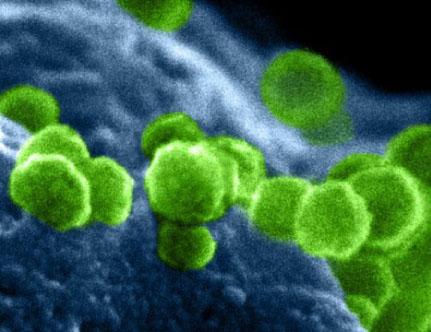
Regulatory T cells: the ultimate HIV reservoir?
| Author List |
|---|
| Joseph Rocco |
| John W Mellors |
| Bernard JC Macatangay |
Abstract
Despite significant advances in the understanding of HIV-1 infection, a cure remains out of reach. This is, in part, due to a long-lived HIV-1 reservoir in resting CD4+ T cells, which do not express viral antigens, and thus are invisible to the immune system. These latently infected cells carry replication-competent proviruses and can cause rebound viraemia if antiretrovirals are interrupted. Characterising this HIV-1 reservoir is a challenging task, requiring identification of CD4+ T cell subsets carrying intact proviruses, as well as defining their distribution within the body. Regulatory T cells (Tregs) comprise a subset of CD4+ T cells that are essential for maintaining immune tolerance. HIV-1 is known to infect Tregs in vivo but there is limited understanding of their role in HIV-1 persistence. Recent studies of well-controlled HIV-1 infection on antiretroviral therapy (ART) have shown higher frequencies of inducible, intact proviruses in Tregs compared to other CD4+ T cells, and provirus-containing Tregs have been found in lymphoid tissues at substantial frequencies. This evidence is supportive of a latent HIV-1 reservoir in Tregs, but greater detail is needed, including tissue distribution. An HIV-1 reservoir in Tregs could pose a significant barrier to HIV-1 eradication because Tregs are known to be long lived and resistant to apoptosis. Tregs are also immunosuppressive, and can inhibit cell-mediated immunity through multiple mechanisms. Non-specific depletion of Tregs would be likely to result in severe autoimmunity. Additional research is needed to further characterise regulatory T cells as a reservoir of HIV-1 and as an obstacle to eradication, or immune control, of HIV-1 infection.
Published
Article Category
HIV cure research
Article Type
Reviews
Posted Date
29-09-2018
| File Name |
|---|
| 1538232581jve-4-209.pdf |
 jve-4-209-g001.gif |